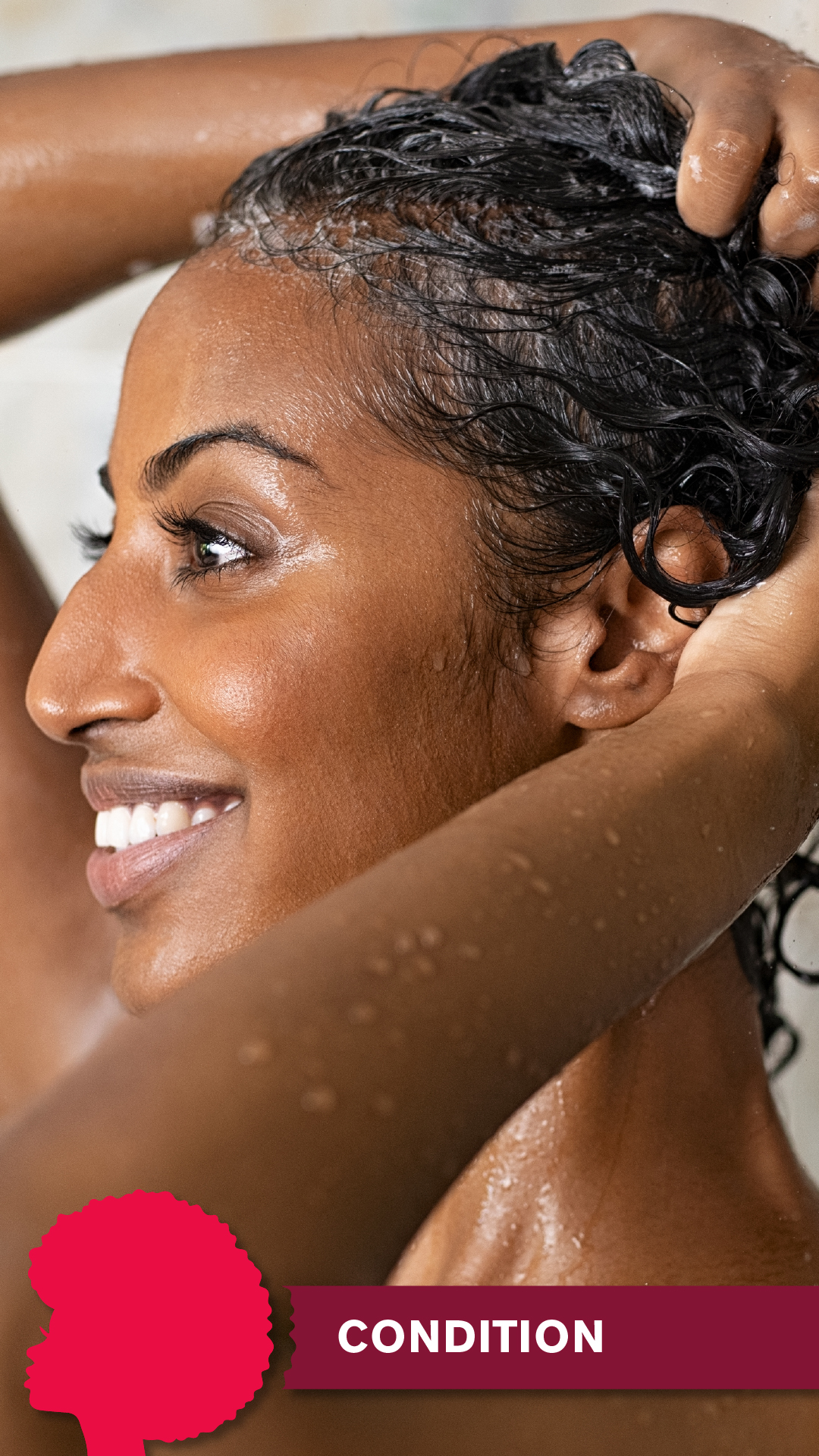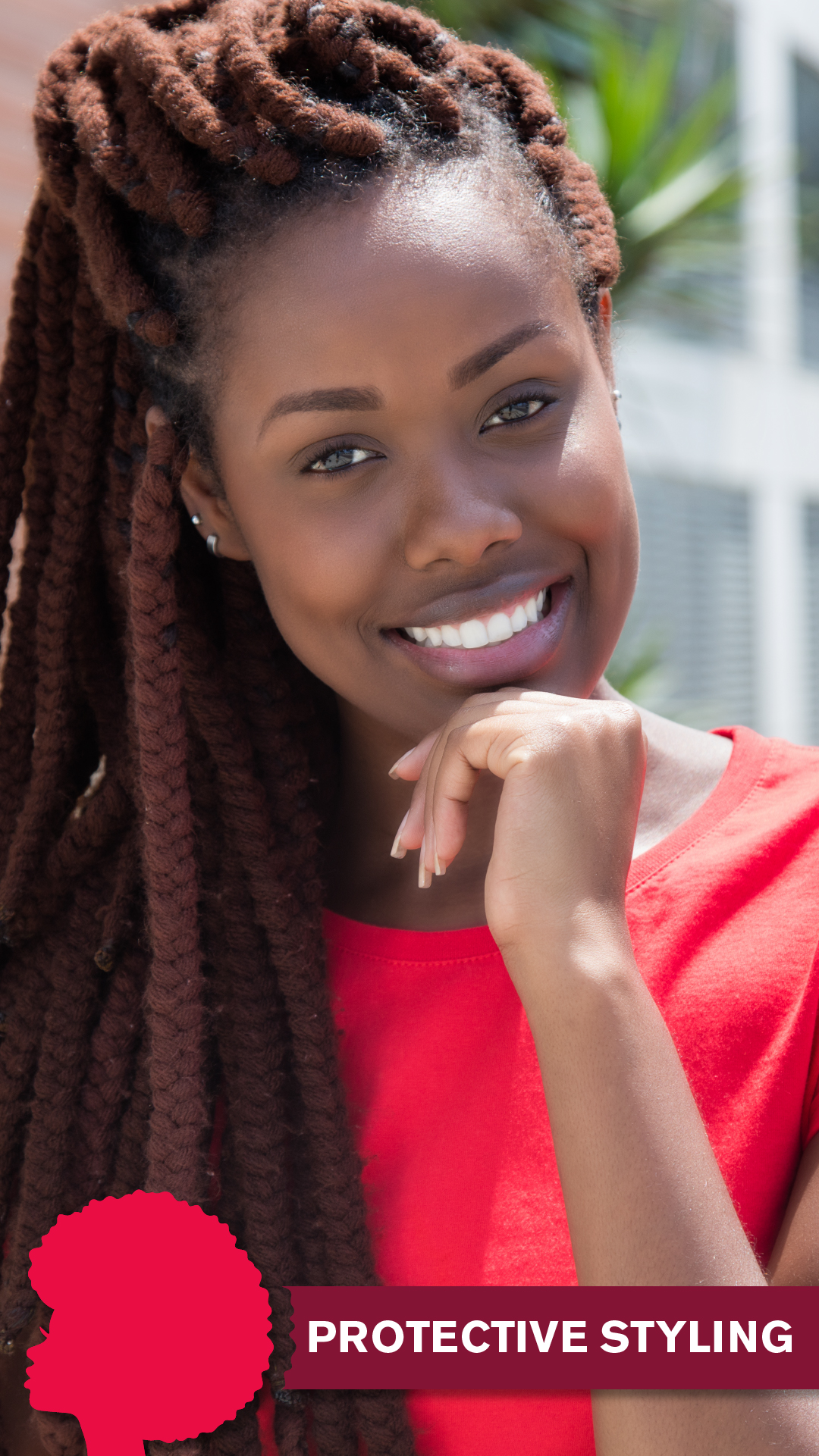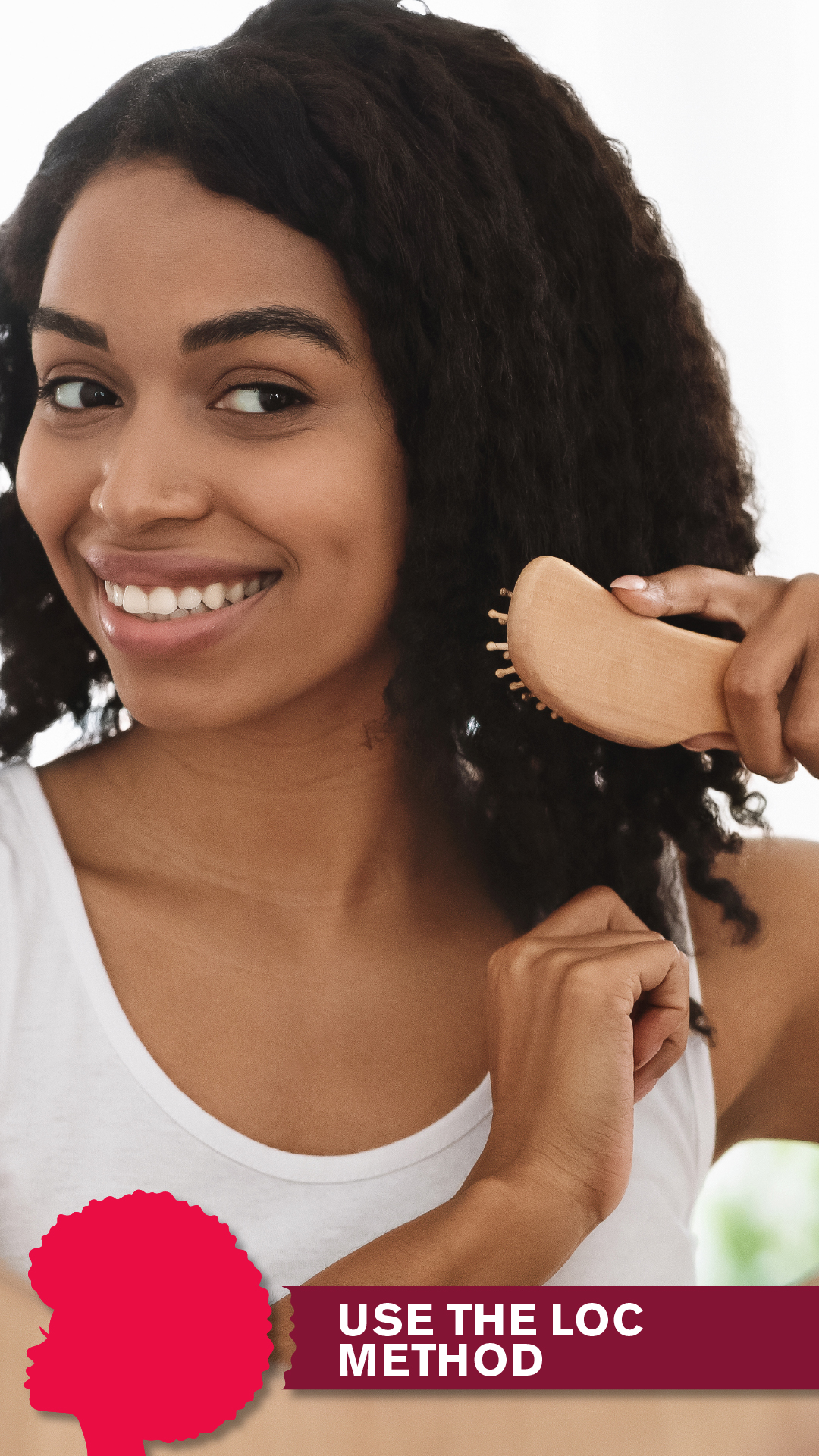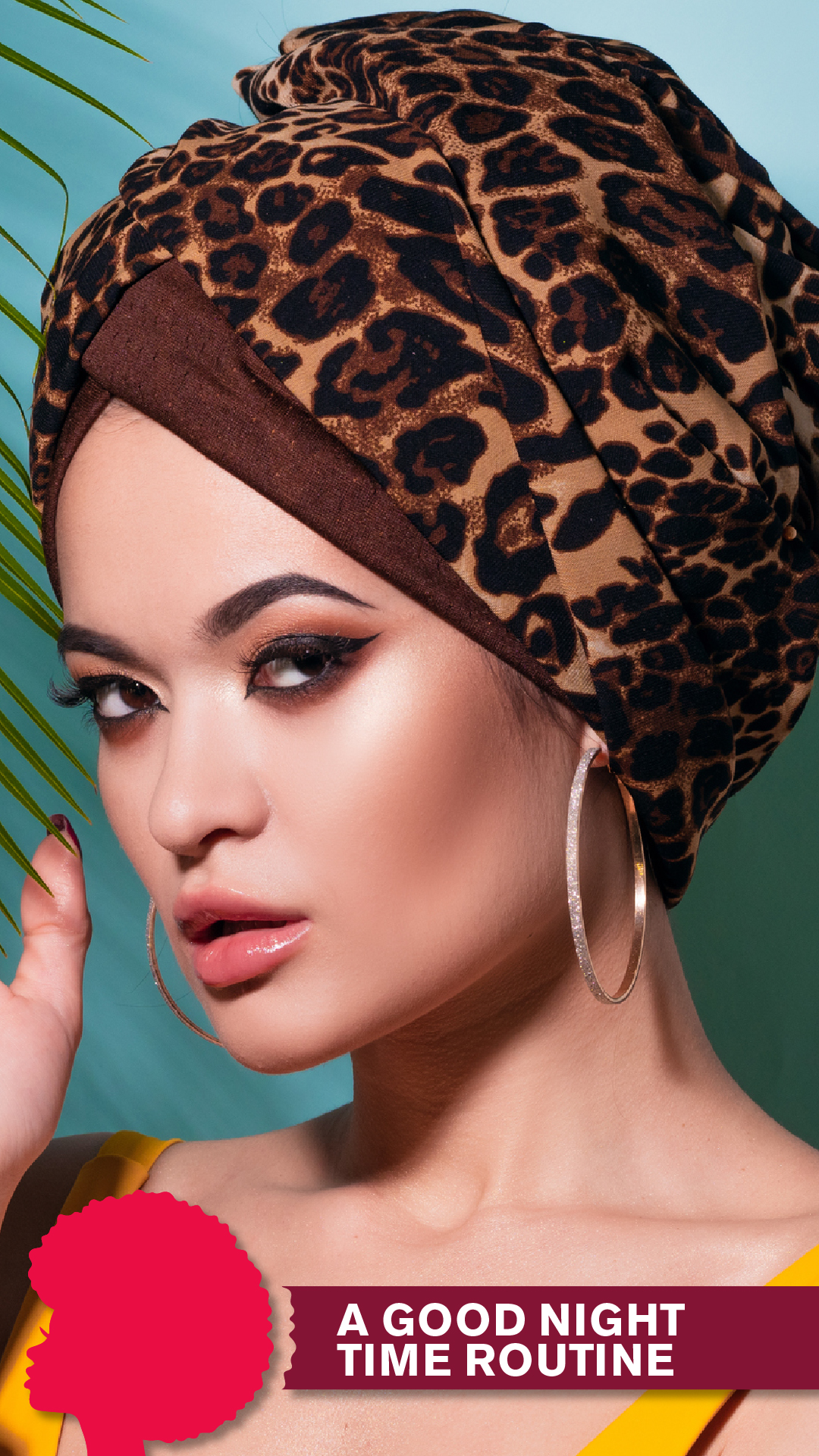How to Protect and Care for your Hair this Winter
- Cleanse
Healthy hair starts with a clean scalp. When cleansing the hair, start by rinsing it to remove any residue dust or dirt. Then apply the Afri Moisture Moisturising Shampoo onto the hair and scalp. Use your fingers, not your nails as they may scratch and damage the scalp, to work the shampoo into lather. Gently massage the scalp, focusing on any itchy areas. Rinse and repeat the process, until the hair is clean.
- Condition
It’s important to include a leave-in conditioner in your #washday routine. Apply a generous amount of the Afri Moisture Leave-In Conditioner to restore moisture in the hair, make it softer, detangle and improve its elasticity. A leave-in conditioner is just as important for those with relaxed hair as it is for naturalistas.
- Protective styling
In winter, hair loses a lot of moisture due to the drop in temperature, as well as the heaters we use in our homes. That’s why it’s important that during the colder months, you protect your hair by utilising protective styles like braids, two-strand twists, buns, and wigs. Any hairstyle that keeps the ends of the hair tucked away, requires minimal manipulation for maintenance and allows you to moisturise regularly without damage is considered a protective style.
Top tip: Avoid tight or thin styles as these cause a receding hairline. Also, take breaks between protective styling to allow the hair to breathe. You can also use the Afri Moisture Hairline Treatment daily to treat and protect your hairline.
- Use the L.O.C method
The L.O.C method stands for Liquid, Oil and Cream and is the best method to ensure the hair is well moisturised. Start by applying water to hydrate the hair, an oil (Afri Moisture Treatment Oil) to moisturise the hair and a crème or butter (the Afri Moisture Hair Butter coming in August) to seal in the moisture and make sure it doesn’t escape the hair shaft.
- A good night-time routine
Cotton draws moisture from the hair while you sleep, causing single strand knotting. Use a satin scarf or a satin pillowcase to retain moisture and protect your hair when you go to bed. Satin is excellent for keeping your natural or relaxed hair in good condition as it’s less harsh on your hair than the normal cotton doeks.












How to Protect and Care for your Hair this Winter
- Cleanse
Healthy hair starts with a clean scalp. When cleansing the hair, start by rinsing it to remove any residue dust or dirt. Then apply the Afri Moisture Moisturising Shampoo onto the hair and scalp. Use your fingers, not your nails as they may scratch and damage the scalp, to work the shampoo into lather. Gently massage the scalp, focusing on any itchy areas. Rinse and repeat the process, until the hair is clean.
- Condition
It’s important to include a leave-in conditioner in your #washday routine. Apply a generous amount of the Afri Moisture Leave-In Conditioner to restore moisture in the hair, make it softer, detangle and improve its elasticity. A leave-in conditioner is just as important for those with relaxed hair as it is for naturalistas.
- Protective styling
In winter, hair loses a lot of moisture due to the drop in temperature, as well as the heaters we use in our homes. That’s why it’s important that during the colder months, you protect your hair by utilising protective styles like braids, two-strand twists, buns, and wigs. Any hairstyle that keeps the ends of the hair tucked away, requires minimal manipulation for maintenance and allows you to moisturise regularly without damage is considered a protective style.
Top tip: Avoid tight or thin styles as these cause a receding hairline. Also, take breaks between protective styling to allow the hair to breathe. You can also use the Afri Moisture Hairline Treatment daily to treat and protect your hairline.
- Use the L.O.C method
The L.O.C method stands for Liquid, Oil and Cream and is the best method to ensure the hair is well moisturised. Start by applying water to hydrate the hair, an oil (Afri Moisture Treatment Oil) to moisturise the hair and a crème or butter (the Afri Moisture Hair Butter coming in August) to seal in the moisture and make sure it doesn’t escape the hair shaft.
- A good night-time routine
Cotton draws moisture from the hair while you sleep, causing single strand knotting. Use a satin scarf or a satin pillowcase to retain moisture and protect your hair when you go to bed. Satin is excellent for keeping your natural or relaxed hair in good condition as it’s less harsh on your hair than the normal cotton doeks.


